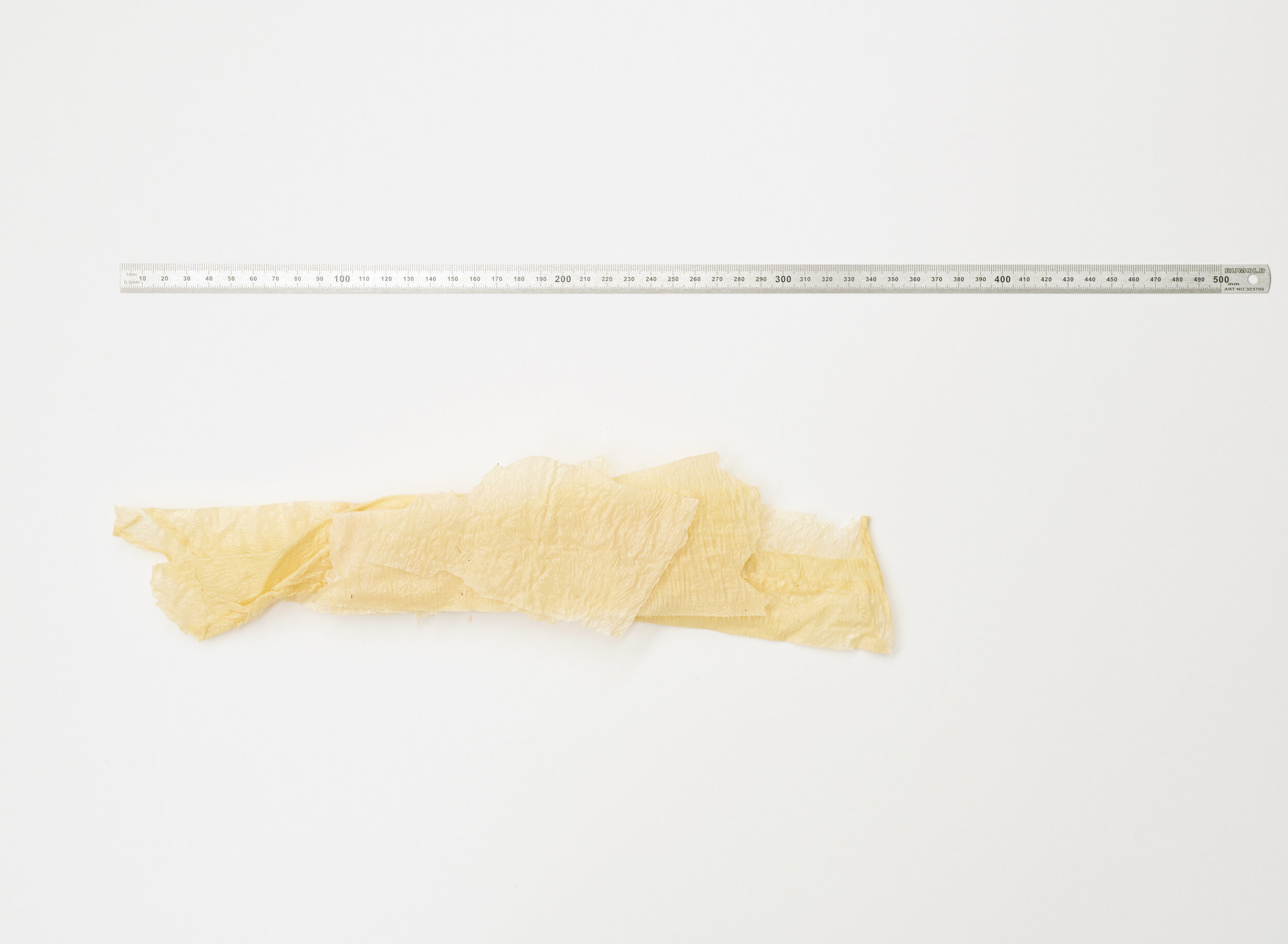Soy
Soy
[Glycine max]
Family
Fabaceae
Height
50-120 cm.
Location and climate
All over the globe but the plant growth is inhibited under 20 degrees celsius.
Pollination
Self-pollination
Soy bean contains a high amount of protein and Omega3.
The soy fiber is extremely soft when processed and resembles of cashmere in softness and texture. The demand on soy textile has increased labeled as 'vegan textile.
356 million tons of soy bean is produced globally every year. 126 mio tons comes from Brazil, 124 mio tons from U.S.A and the rest from China, India and Argentina.
Soy bean is the most profitable export goods for the farming industry in U.S.A (counting crops and not meat)
The size of the soy industry follows the demand on meat and is causing deforestation.
Geology explains that the wealthy population live in the areas where the ice age gave us a new nutrient layer of soil 10.000 of years ago. This was not the case in the tropical areas and here it rains. It rains a lot and nutrients are washed out.
So basically we import tons of livestock feed like soy from the areas with depleted soil to the areas with much more nutrient soil. 70-80% of the soy production is used for livestock feed. There are good alternatives to soy and to cultivate them locally makes good sense. Please look into Reed in this Encyclopedia.
One might be able to produce soy textile under responsible conditions, but the soy fibers you will find on the market are made from the waste product or bi product of soy oil and soy food production.This go hand in hand and another vegan friendly alternative might be a good idea.
Usage
Soy milk, animal feed, tofu, textile, soap, cosmetics, plastic, crayons, bio diesel. Soy protein and soy oil is used in most processed food.
De-gummed soy fiber





